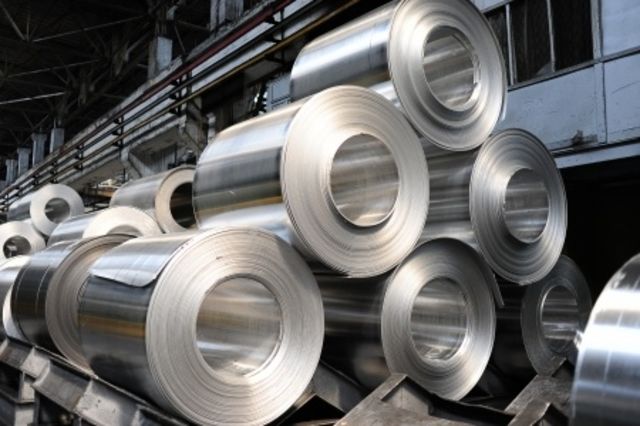Address
304 North Cardinal
St. Dorchester Center, MA 02124
Work Hours
Monday to Friday: 7AM - 7PM
Weekend: 10AM - 5PM
Address
304 North Cardinal
St. Dorchester Center, MA 02124
Work Hours
Monday to Friday: 7AM - 7PM
Weekend: 10AM - 5PM

The stainless steel strip is based on a single particle micro cutting model to study and analyze the evolution law and production mechanism of residual stress on the surface of HR-2 hydrogen resistant stainless steel workpiece by grinding process. A mathematical model for residual stress in single particle micro cutting of stainless steel strip grinding abrasive grains was established. Orthogonal experiments were used to obtain regression equations between grinding process parameters and surface residual stress, as well as the cutting depth and tangential force of abrasive grains. Single element experiments were used to verify the grinding process and obtain the influence of grinding process parameters on surface residual stress, surface abrasive grain cutting depth, and tangential force, And compare and discuss the results of single factor experiments with the results of mathematical model calculations.
In the experiment, the particle size of the abrasive particles increased from 10 μ M changes to 50 μ When the residual stress changes from -130MPa to -345MPa at m, and when the grinding pressure changes from 10N to 50N, the residual stress changes from -135MPa to -253MPa, while the change in rotational speed has no significant impact on the residual stress results; In experiments with different process parameters for stainless steel strips, the error between the calculated and experimental values obtained by the model is fundamentally within 10%.
Based on the results of orthogonal experiments and single factor experiments, the significance of the impact of grinding process on residual stress is determined from high to low as follows: abrasive particle size, grinding pressure, and grinding speed; The relationship between the cutting depth of abrasive particles, tangential force, and residual stress is significant; The single particle grinding model established can predict the residual stress generation pattern under different grinding process parameters.
The problem of warping during asynchronous hot rolling of sandwich stainless steel composite plates is solved using MSC Marc finite element software has established a three-dimensional thermal coupling model of sandwich stainless steel composite plates, analyzing the effects of thickness ratio, roll speed ratio, first pass reduction rate, and friction coefficient ratio between the rolled piece and the upper and lower rolls on the warping deformation, plastic strain, and rolling force during the composite rolling process.
The results show that an increase in thickness ratio increases the x-direction plastic strain value and rolling force, exacerbating the warping deformation of the composite plate; The first reduction rate has little effect on the warping deformation of the composite plate; The roller speed ratio has a significant impact on the x-direction plastic strain of the composite plate. As the roller speed ratio increases, the curvature of the warp first decreases and then increases, which is opposite to the trend of rolling force change. When the roller speed ratio is 1 At 15:00, the composite board is relatively straight; The reasonable selection of the friction coefficient ratio between the rolled piece and the upper and lower rollers can also have a certain inhibitory effect on the warping phenomenon of the composite plate.
The research on the forming technology of spherical stainless steel plates for bridge bearings has been stopped. The structural characteristics and forming process of spherical stainless steel strips have been analyzed, and the balanced control law of wrinkling and cracking during the deep drawing and bulging composite forming process has been studied; Analyzed the key process parameters that affect the forming process, such as the drawing coefficient, designed a rigid edge holder installation, completed the calculation of edge holder force, press tonnage, convex and concave die fillet radius and gap, and designed a spherical stainless steel strip forming mold to separate the requirements.
The results indicate that the punch diameter reaches Φ The 2200 mm spherical stainless steel plate forming mold has been tested and corrected, and the uniform contour of the 12 spherical stainless steel plates formed by pressing is 1.78 mm. The large difference in contour * can be controlled within 1 mm, and the forming quality is stable. After pressing with the support steel surface, the contour is less than 0.6 mm, meeting the specifications and design requirements.